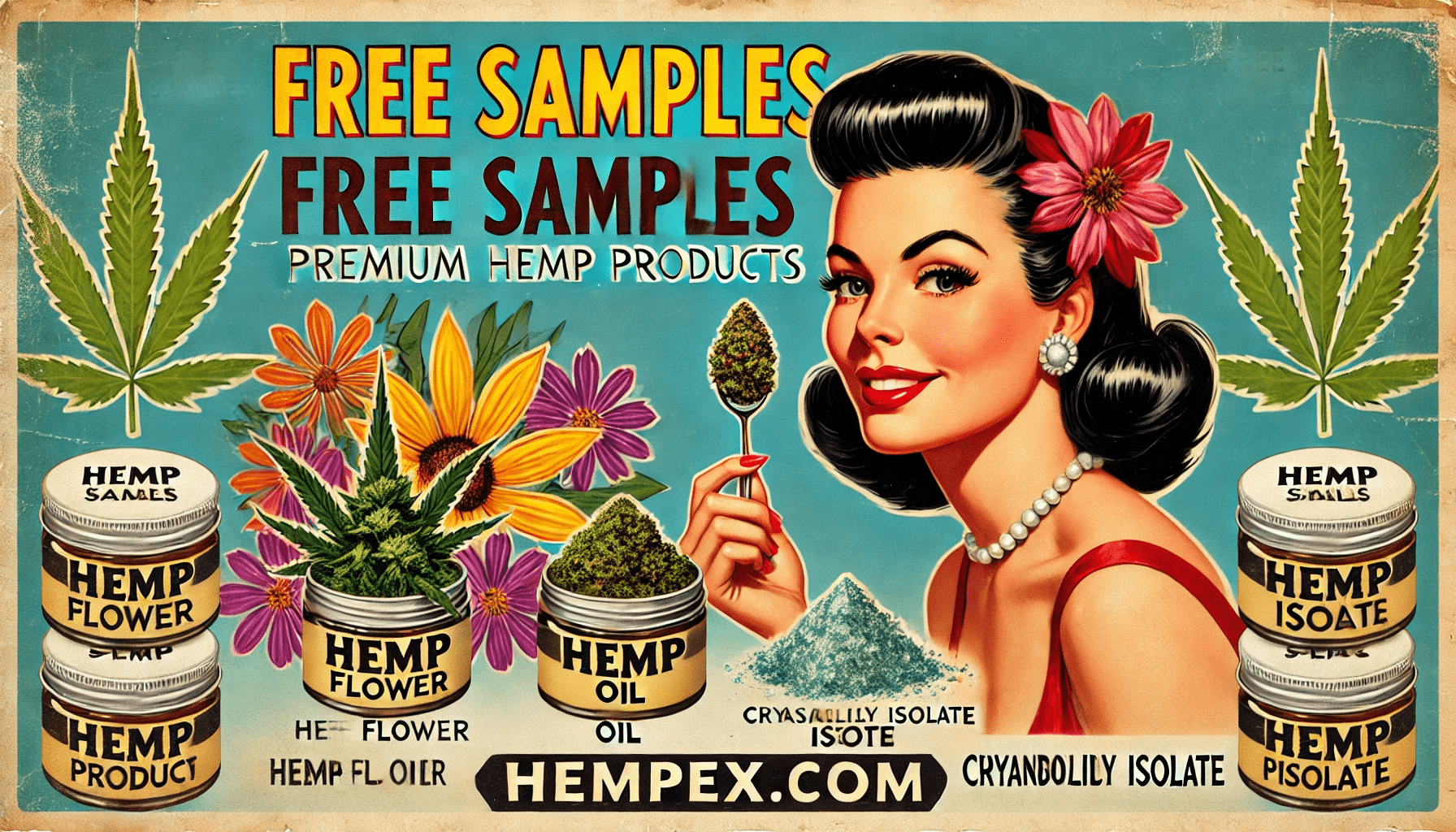Factors Impacting Price and Customer Choice in Hemp Flower: Indoor vs. Outdoor, Cannabinoids, and Cultivars
This response, drawing on the provided sources, examines the factors influencing price and customer choice in the hemp flower market, focusing on cultivation methods (indoor vs. outdoor), cannabinoid profiles, and strain/cultivar variations.
Indoor vs. Outdoor Cultivation: A Key Price Differentiator
The sources consistently highlight cultivation methods as a primary factor impacting both the price and consumer perception of hemp flower.
Indoor hemp flower consistently commands higher prices due to the controlled environment and associated production costs.
- Higher Production Costs: Indoor growing necessitates substantial investment in lighting, climate control, and meticulous labor, all contributing to higher overall expenses. This higher cost is often reflected in the final price for consumers.
- Perceived and Actual Higher Quality: Controlled indoor environments allow growers to optimize conditions for cannabinoid and terpene development, often resulting in a more potent and flavorful product. This meticulous cultivation process, coupled with the often visually appealing dense buds, contributes to a premium image and justifies higher pricing.
Outdoor hemp flower, in contrast, benefits from lower production costs due to the utilization of natural sunlight and rainfall, making it a more affordable option for both consumers and businesses.
- Lower Overhead, Lower Prices: The absence of expensive lighting and climate control systems inherent in indoor growing allows for larger-scale production at significantly reduced costs. This cost-effectiveness is often passed on to consumers in the form of lower prices, making outdoor hemp flower an attractive option for price-conscious buyers.
Cannabinoid Profiles: Driving Demand and Market Niches
Beyond cultivation methods, the specific cannabinoid profile of hemp flower plays a crucial role in determining its price and appeal to specific customer segments.
- CBD Remains Dominant, But Variety Expands: While CBD remains the most widely recognized and sought-after cannabinoid, the sources indicate a growing interest in other cannabinoids like CBG and CBDV. This diversification allows for targeted marketing to niche markets seeking specific therapeutic benefits.
- CBDV: A Premium Offering: CBDV, in particular, is frequently positioned as a premium product due to its relative rarity and potential therapeutic applications for neurological conditions. This scarcity, coupled with specialized breeding techniques required for high-CBDV cultivars like Forbidden V, allows for premium pricing.
- CBG: Emerging from CBD’s Shadow: While less established than CBD, CBG is gaining traction as research highlights its potential therapeutic properties. The sources suggest that CBG flower, particularly cultivars like Orange Cream CBG and CBG White, is often priced higher than CBD flower due to its relative novelty and perceived potency.
Strain/Cultivar Selection: Influencing Flavor, Effects, and Consumer Preference
The specific strain or cultivar of hemp flower significantly impacts its aroma, flavor profile, and reported effects, all of which influence consumer choice and can justify price variations.
- Cultivar-Specific Marketing: The sources emphasize the importance of highlighting the unique characteristics of each cultivar when marketing hemp flower. Educating consumers about the distinct aromas, flavors, and potential effects associated with specific strains, such as the uplifting properties of Sour Suver Haze or the relaxing effects of Cherry Pie, can guide purchasing decisions and potentially justify higher prices for sought-after cultivars.
Conclusion
Understanding the interplay of these factors is crucial for businesses operating within the hemp flower market. By strategically selecting cultivation methods, highlighting sought-after cannabinoid profiles, and effectively communicating the unique qualities of specific strains and cultivars, businesses can optimize pricing strategies and cater to the evolving preferences of their target customers.



